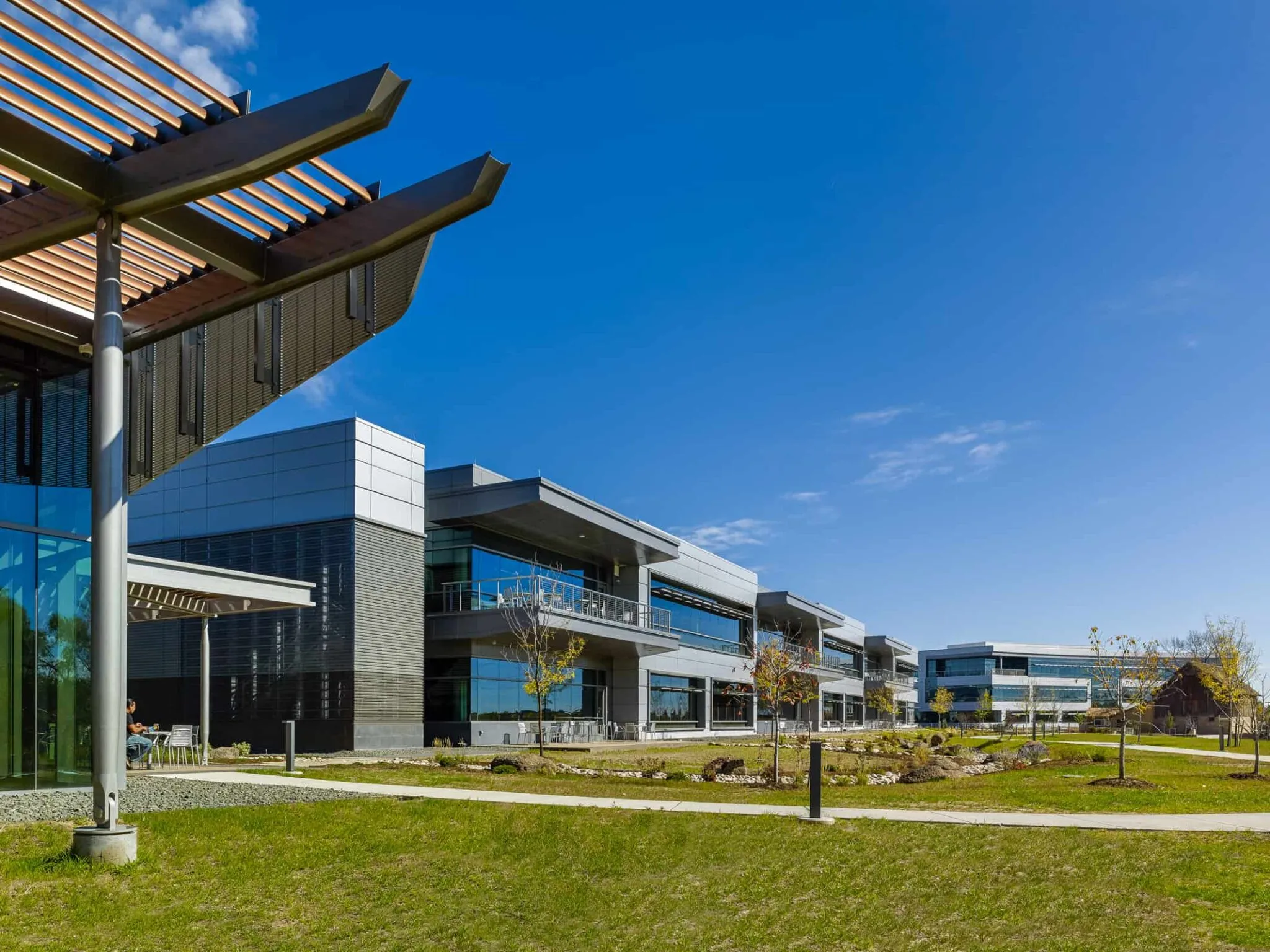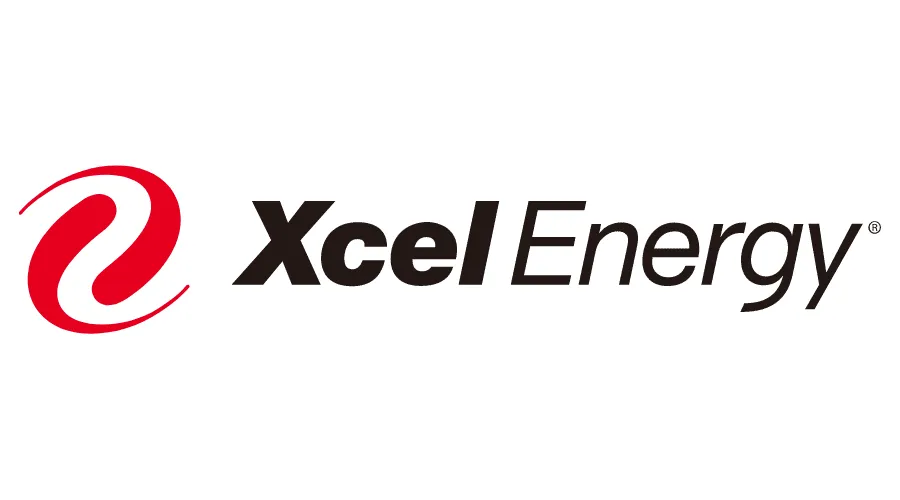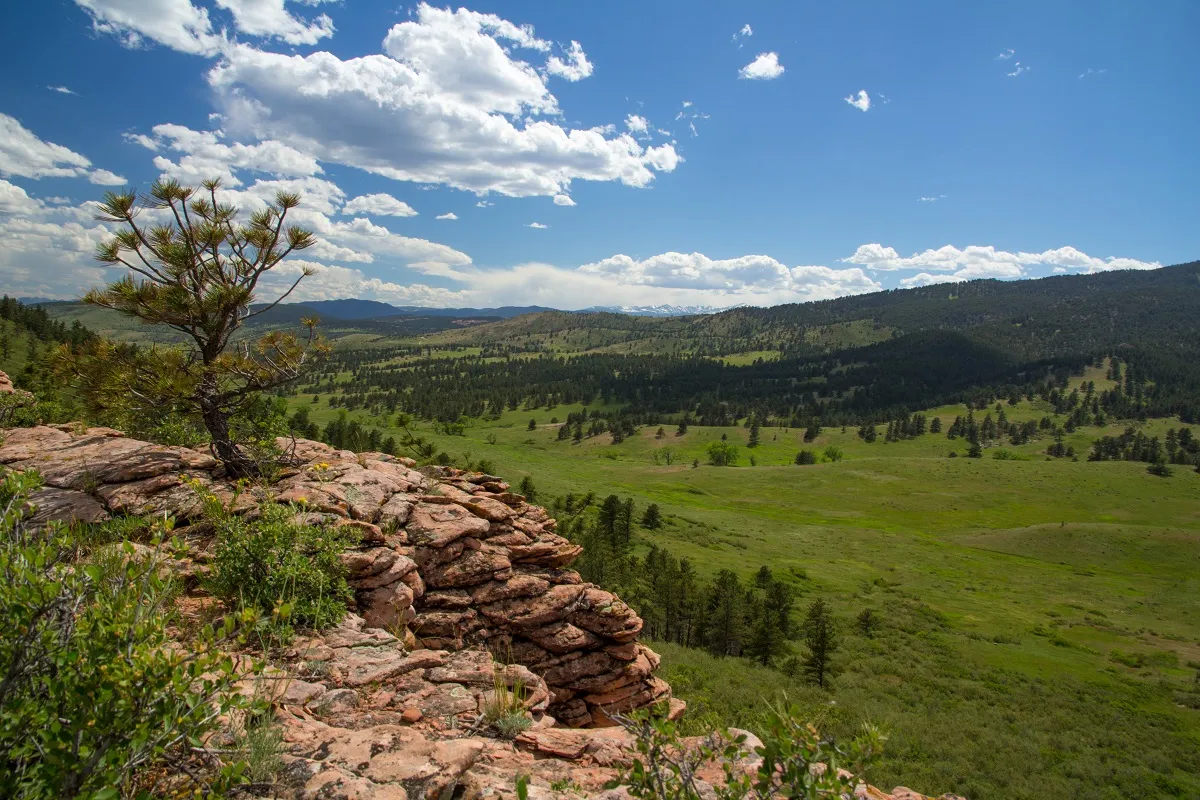Confluence: Region’s cities consist of ‘haves,’ ‘have-nots’ when it comes to water

LOVELAND — Communities in Northern Colorado and the Boulder Valley face drastically different situations when it comes to supply and capacity for treatment and delivery of water, with larger communities typically enjoying robust portfolios and smaller, fast-growing communities struggling to catch up.
Adam Jokerst, Rocky Mountain regional director for WestWater Research LLC, told an audience in the “Hitting Home” panel discussion at BizWest’s Confluence — Colorado Water Summit event at the Embassy Suites by Hilton in Loveland Wednesday that communities in the region consist of “haves and have-nots” when it comes to water.
“A lot of the bigger cities in Northern Colorado — Longmont, Loveland, Fort Collins, Greeley, Boulder — they’re bigger, and they’ve been able to acquire water years, decades, centuries ago, when water was cheap, and they were planning into the future economically, and they have water,” said Jokerst, the panel’s moderator.
SPONSORED CONTENT
“Some of these smaller municipalities and these water districts — a lot of our areas are served by water districts — they’re the have-nots,” he added. “They’ve only been around since the ’60s, and they’ve had to build water-supply systems as they’ve grown. Water is very expensive, so they mandate that growth pays its own way. And those entities tend to be the ones that struggle the most.”
Jokerst said that he’s found in discussions with new transplants to the area that they tend to lack understanding of the complexity of the state’s water system.
Many new residents “ think that there’s one big water provider that serves all of the communities of Northern Colorado,” he said. “That couldn’t be further from the truth. If you go from the Wyoming border to the New Mexico border along the Front Range, there are 80 different water providers. North of Denver, it’s about 40. So we have 40 different players in the water sphere, all with different regulations, different cost of service, different requirements for developers. And it shows. It shows in the types of the building products that are on the market in each of these cities, and it shows in the cost of service and the water rates that people pay. And it shows in reliability.”
Panelists in the Hitting Home session included Scott Holwick, managing shareholder with the law firm of Lyons Gaddis; Jessica Thrasher, diversity, equity and inclusion programs leader for Colorado State University’s Colorado Water Center; and Darren Nowels, water efficiency planner for Northern Water.
Holwick, who represents water buyers and sellers, noted that water prices have soared in recent years, with the price of a share of the Colorado-Big Thompson Project exceeding $70,000, up from $10,000 in 2005. That price escalation represents one of the greatest challenges for water providers, Holwick said.
Holwick noted that the Consumer Price Index increased by about 2.5% per year from 2002 to 2022, with housing prices increasing even more, with some prices up 100% during that time frame.
“Water, however? Multiple and multiple times of that,” Holwick said.
“You can see the acceleration of all of the factors that influence water-provider decision-making,” he added.
Competition for water inevitably leads to conflicts between entities that seek to purchase water and convert it to another use.
“My world is exceptionally adversarial,” he said, with 10 to 12 entities typically opposing another entity’s petition in water court.
“Everybody wants to get along, and I want to get along, too, but it’s just not part of the rubric,” he said.
Jokerst said that $5.5 billion in water-supply projects have been proposed north of Denver, which must be paid for by municipalities, and eventually, water ratepayers, with that cost disproportionately impacting socially disadvantaged communities.
Thrasher noted that the U.S. Water Alliance seeks to:
- Ensure that all people have clean, safe, affordable drinking water and wastewater services.
- Ensure that communities have a role in the decision-making process for water management.
- Ensure that communities share in the economic, social and environmental benefits of water systems.
- Promote resilience in the face of floods, drought and other climate risks.
“Community leaders and neighborhood associations not only need to have a seat at the table, but they need to be co-creating the solutions for our community,” she said.
Underserved communities are “the ones who are impacted most strongly by drought, by floods,” she said, and typically have less access to clean water.
Rising costs of housing and water also have a major impact on underserved communities, she added.
“All of their other costs have gone up, and all of a sudden you have families, neighborhoods, having to decide between paying their water bill, paying their electric bill, buying food. So whenever we’re talking about these solutions, we need to be working within the community, and these relationships take time. But it’s worth the time invested to make sure that everyone benefits from our water.”
Northern Water’s Nowels said that as a regional organization, the district seeks to “fill gaps” in what municipalities and other providers might offer in terms of conservation resources.
Whereas many different municipalities and water providers focus on single-family and multi-family residential, Northern Water provides resources aimed at home-owners associations, commercial properties, parks, churches and other groups.
Northern Water offers grants and programs for large entities to upgrade irrigation systems, replace water-intensive landscaping with drought-tolerant and native plants, and overall reduce water usage.
“That can really significantly help reduce those water usage demands,” he said.
LOVELAND — Communities in Northern Colorado and the Boulder Valley face drastically different situations when it comes to supply and capacity for treatment and delivery of water, with larger communities typically enjoying robust portfolios and smaller, fast-growing communities struggling to catch up.
Adam Jokerst, Rocky Mountain regional director for WestWater Research LLC, told an audience in the “Hitting Home” panel discussion at BizWest’s Confluence — Colorado Water Summit event at the Embassy Suites by Hilton in Loveland Wednesday that communities in the region consist of “haves and have-nots” when it comes to water.
“A lot of the bigger cities in Northern Colorado…





